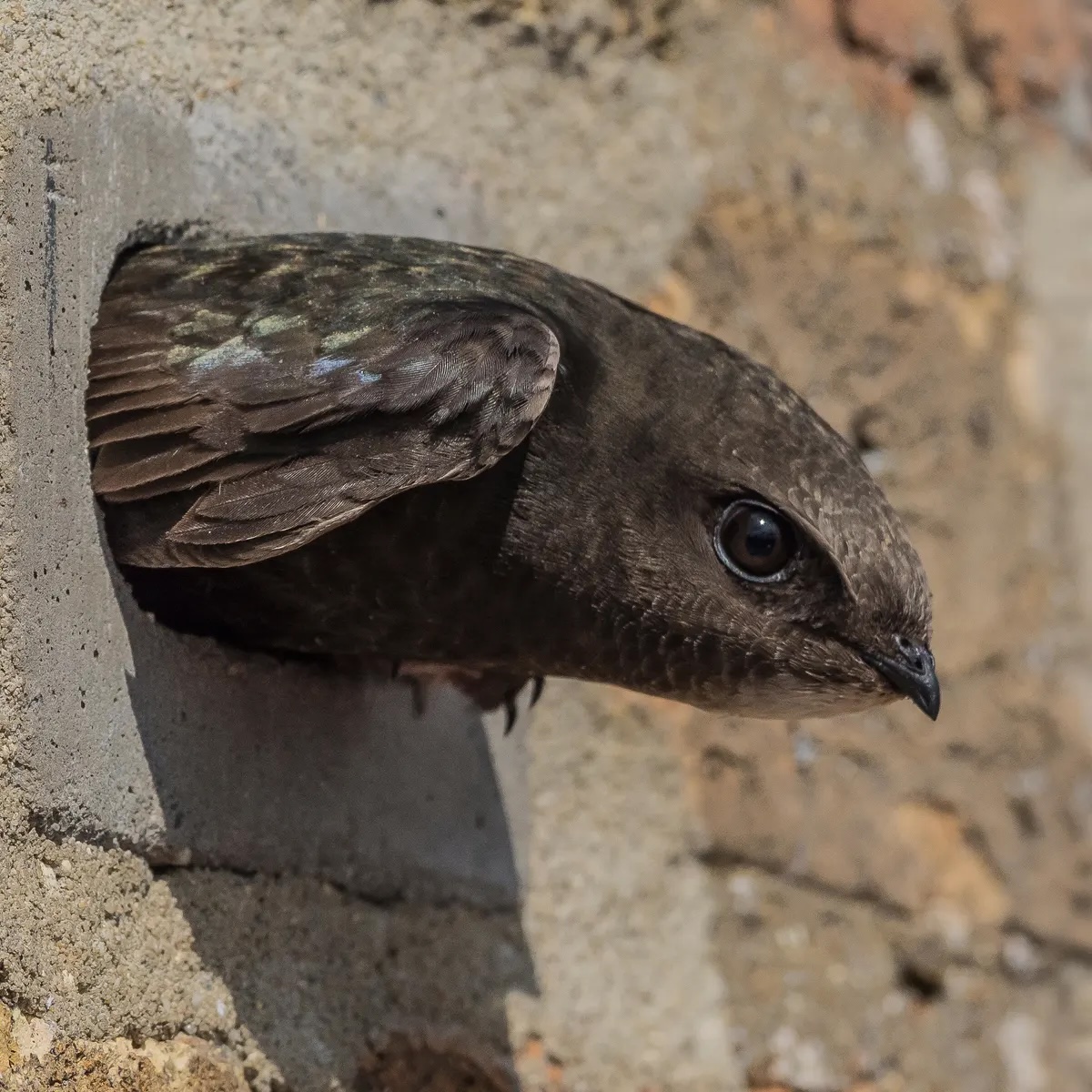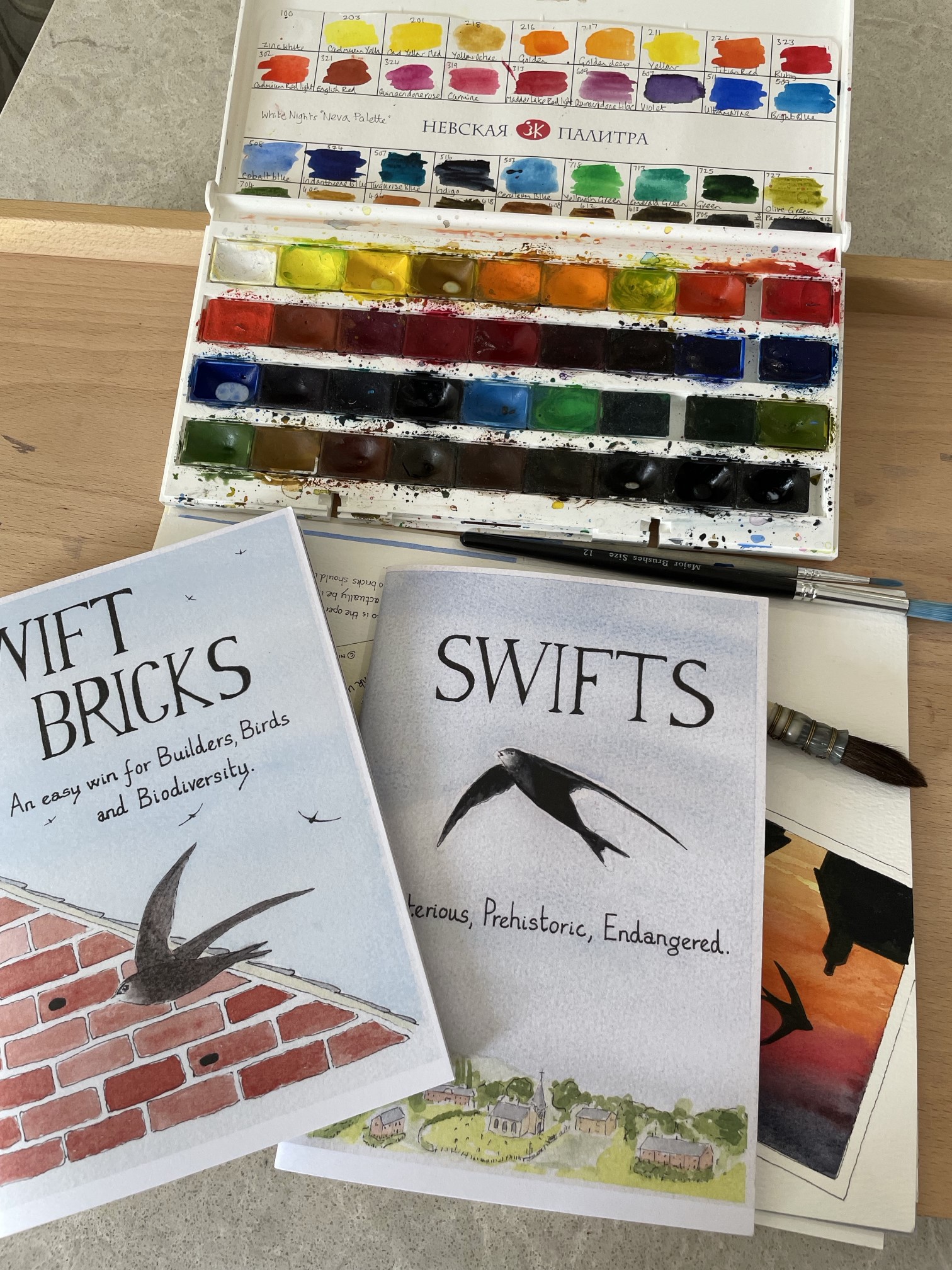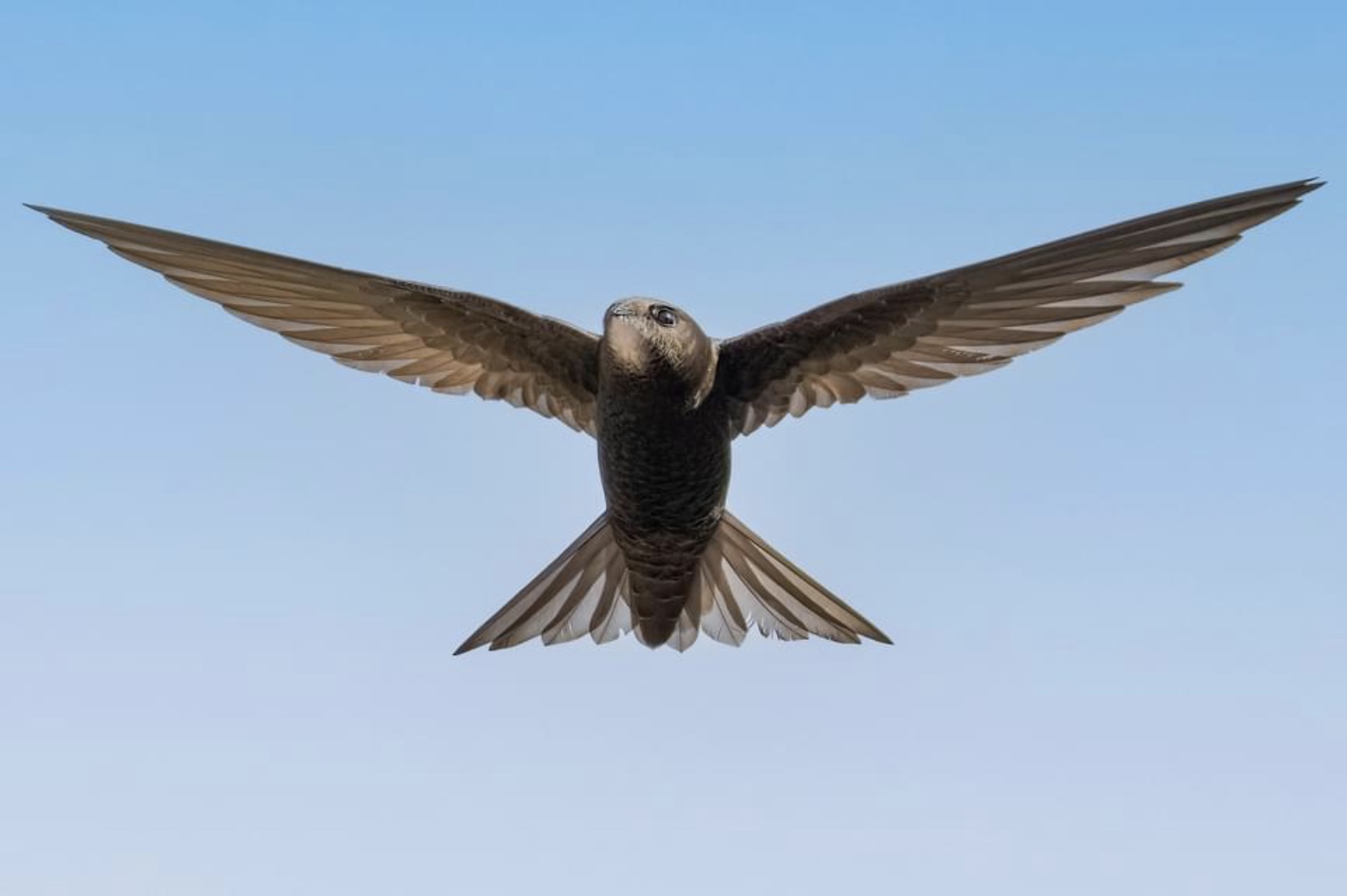The incredibly brave journey of the Swift has always been an inspiration to us here at Ozone, and we even named one of our favourite wings after this most intrepid bird. To that end we have been delighted to help with a number of local projects across England.
Swifts are unique amongst birds as they spend most of their lives in the air. They have evolved over millions of years to be incredibly agile and aerodynamically efficient. The common swift (Apus apus) wins the title of the fastest bird recorded in level flight. It can power itself to a speed of 111.6km/h (69.3mph) flying horizontally and even upwards!
Did you know that when a swift fledges it doesn’t touch down to Earth again until it’s ready to breed? That could be up to 3 years later! When swifts are not nesting, they are in a constant state of flight. They feed by catching insects and airborne aphids and spiders. They skim lakes and ponds for water. They even mate and sleep on the wing.
On warm summer evenings, swifts can be seen spiralling high into the sky to spend the night up to nearly two miles above the Earth. Here, they can roost without fear of predators. It is thought that they shut down half their brain at a time – allowing sleep, but ensuring that their navigational instincts keep them from being blown off course.
Swifts are almost entirely dependent on humans to provide their nesting places. They find hidden spaces under the eaves of buildings, accessed through little breaks in brickwork or fascias. But the relentless march of UPVC has meant that fascias and soffits on older buildings are being replaced with plastic boards, which completely block the swift’s entrance to the nest. When this happens, the swift will fly repeatedly at the place where it had been, often breaking its wings and dying as a result.
UK swift numbers have reduced by around 60% since 1995. The common consensus amongst swift experts around the country is that this is due to not only a dwindling volume of insects, but crucially the accelerating loss of nesting sites.
Across the country, volunteers, collectively known as the “Swifts Local Network”, work tirelessly to reverse this decline. One of the key things they do is to persuade building developers to install swift bricks in new houses, to compensate for the loss of nest sites in older buildings, and influence planning policy both locally and nationally to make provision for swifts.
Ozone has funded a number of swift bricks in Yorkshire, London and Cumbria as well as the associated works involved with installing them. These have gone into old buildings during restoration, a church and a number of houses, with a college in the pipeline. As we receive images of the swifts using these bricks we’ll be sure to share them here!
Additionally Ozone has sponsored the printing of booklets that play an important role in helping decision makers understand the issues the birds are facing, and to show them how they can easily help stop the extinction of swifts in the UK. Ecologists and architects are also recipients of the booklets to help when planning for biodiversity and they have been given to politicians to persuade them to look again at legislation. Richard Burgon, MP for Leeds East was even seen in a parliamentary debate showing the booklet to others in the chamber and telling them how it had focused his mind on the issue.
The booklets are enjoyed by both adults and children, and are given away at swift awareness events, and presentations in schools to help raise awareness of how much trouble the swifts are in, and how easy it is for us to help them. More than 6,500 booklets have been distributed over the last year to help spread the word.


